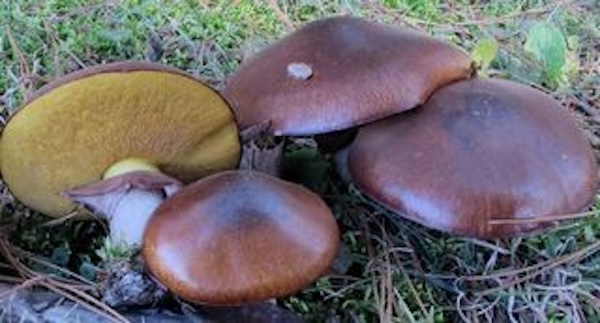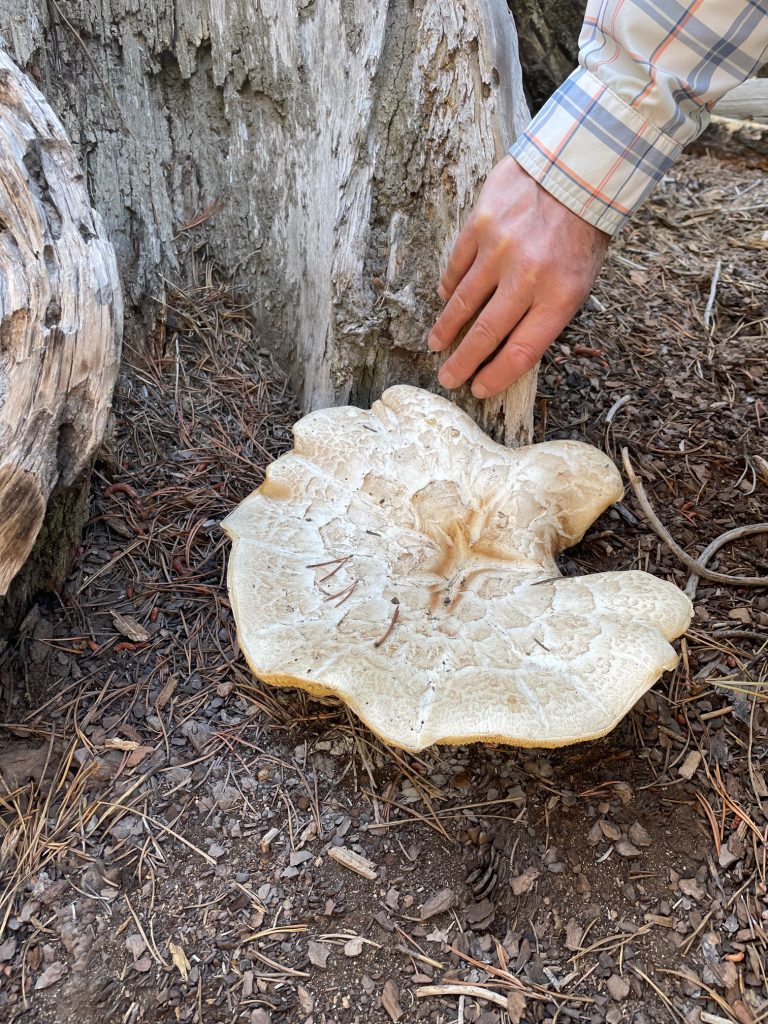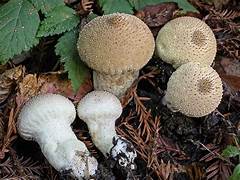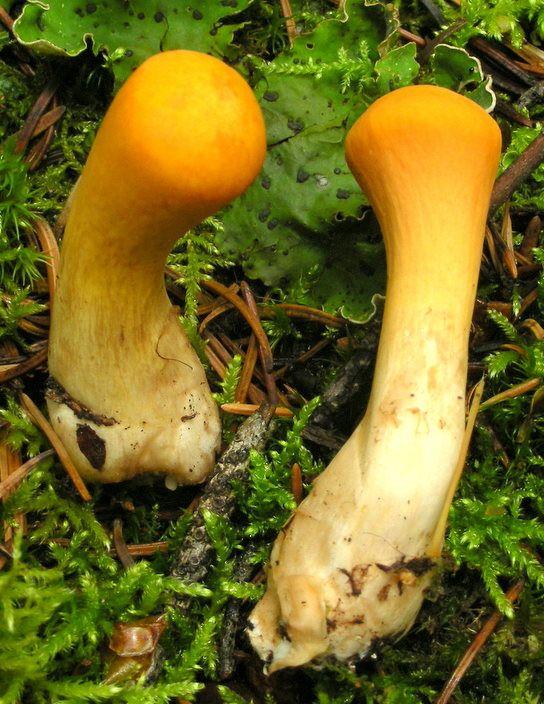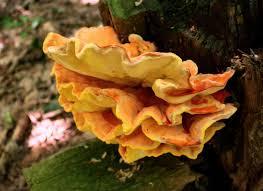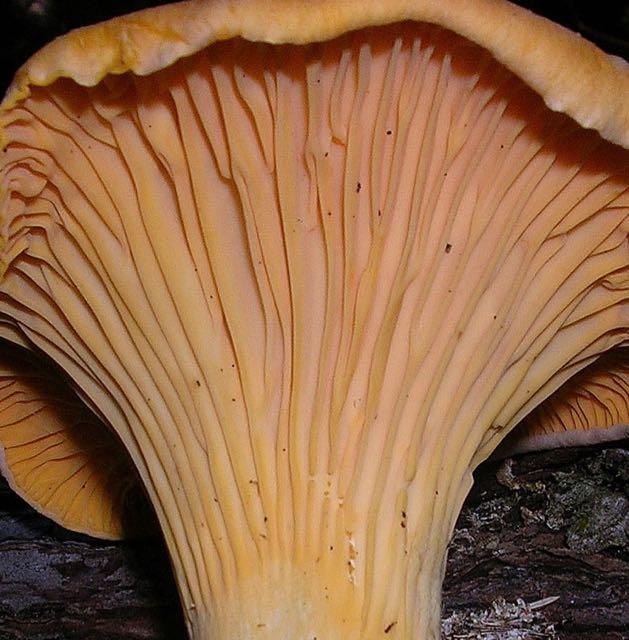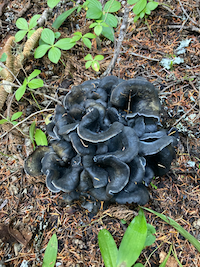Suillus
Slippery Jacks and Jills
The genus Suillus is one mushroom most people in Central Oregon will encounter by living here. Many people have them growing in groups under their pine trees or see them in the parks and on forest trails in large numbers. Here are some tips to tell them apart from Boletus:
- Suillus species are generally either viscid on top (note how debris sticks to the cap when dried – hence the name slippery jack) or very wooly.
- Most specimens we find around here have shorter stems with wider caps than the Boletus genera.
- The pores under the cap are generally larger than those in Boletus and can be radially aligned from the stem.
- Some Suillus species have a ring on the stem that easily disappears in maturity. Boletus species never do.
- Because no Suillus is known to cause harm if eaten, these mushrooms are collected by beginning mushroom hunters who report that likening it to the gooey texture of escargot is an apt comparison. Drying it first yields far better results, though it is still best if ground fine and added to soups and stocks. Suillus tries but never succeeds in matching the flavor of the best Boletus.
